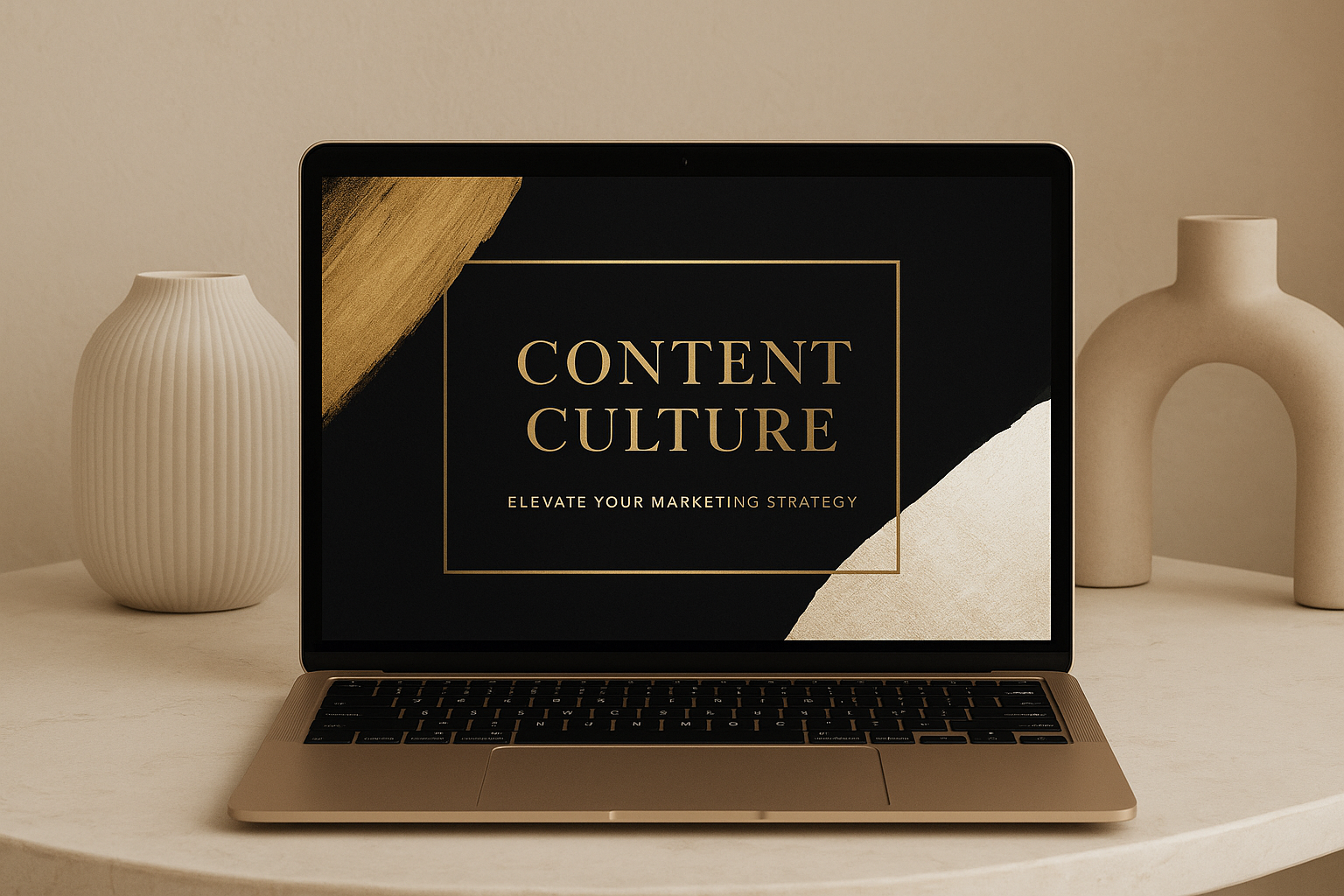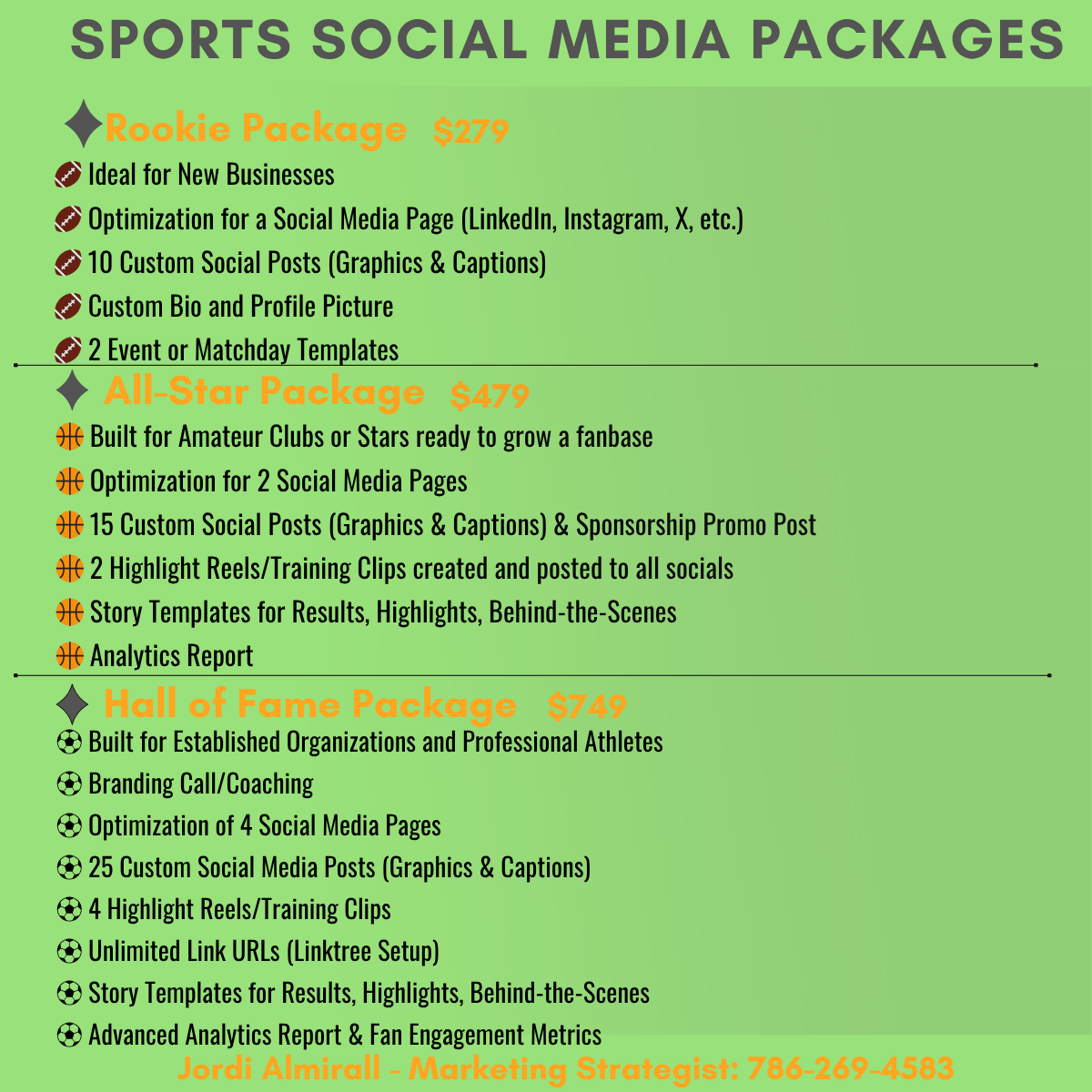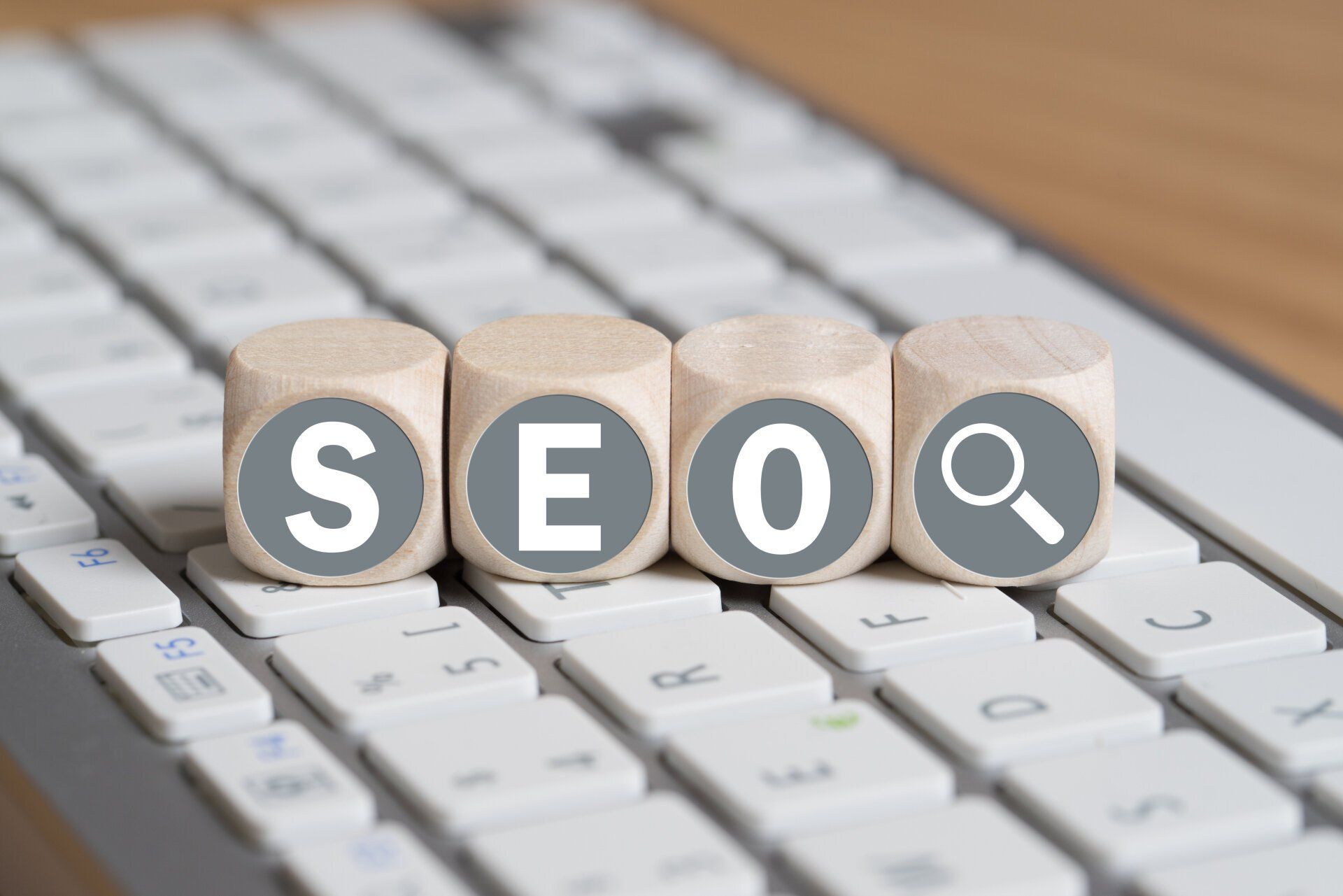Bad Visuals = Good Ad? – Case Study of Two AI Advertisements

Recently, many companies have been attempting to use AI visuals in their advertising. Coca Cola, Kitkat, Heinz, BMW, and Levi’s are just to name a few. As these ads came and went, a very interesting trend began to emerge – advertisements with poor visuals were received better than those with high-quality visuals. This trend seems to go against common sense. How can advertisements that look worse be doing better?… and the answer is not that people have simply gone crazy. Let’s explore why this happened, and what we can learn from it.
The answer is simpler than you may think An example of a poorly received advertisement with strong visuals is Coca Cola’s Christmas advertisement, which used images generated by the AI tools Stable Diffusion, DALL·E, Pactto, ChatGPT, and Director Magic. These technologies were integrated through the company's proprietary Real Magic AI platform, developed in collaboration with AI studios such as Secret Level, Silverside AI, and Wild Card.The visuals for this ad were so good that many people watched the advertisement multiple times without realizing that they were looking at AI.
This was furthered by the Coca-Cola Company’s purposeful obfuscation of its use of AI. The 15-second commercial featured a small-print disclaimer reading “created by Real Magic AI,” referencing Coca-Cola’s proprietary AI platform. This notice appeared briefly at the bottom of the screen and was easily missed by casual viewers.
Once word got out, reactions were swift and brutal. Negative reviews came flooding in, the most colorful of which was when TechRadar writer John Anthony Disotto called it a, “soulless and creepy dystopian nightmare,” This scathing review was then requoted in a headline about the advertisement by the New York Post, propelling this comedic quote into the mainstream.
The reason for why peoples reactions were so strong is simple – people don’t like being tricked. The advertisements' blink-and-you'll-miss-it disclosure alongside the realistic visuals made audiences feel like the Coca-Cola Company was trying to pull the wool over their eyes, a sentiment I am inclined to agree with. It’s perhaps funny to think about, but the advertisement inadvertently taps into a fear that films like Terminator and Ex Machina showcase, this idea that a machine can replace a human and you would never know. It stirs up fears about the future of AI, and makes the advertisement feel soulless and cheap.
Kitkat’s 2023 “Have AI Break” ad campaign is on the opposite end of the spectrum.
It features terrible visuals in the advertisement, with the voices and characters being completely warped. But the reason this advertisement succeeded was its creative use of AI, and how it tied into the brand's identity. The central idea behind the advertisement is that KitKat is using AI in order to give the companies marketing agency a break, just like how KitKats slogan is, “Have a Break, Have a KitKat.” Not only does it cleverly tie into the companies identity, but it also leans on the poor visuals and robotic voices for comedic effect. The advertisement was clever and novel, which made more people appreciate the advertisement itself as well as keep the KitKat brand on the top of their mind. In this case, AI wasn’t being used to save costs or trick the viewer, sentiments that many got from the Coca-Cola advertisement. It was instead being used in clever ways to help elevate the brands message.
The reason KitKat’s advertisement did better than Coca-Cola’s was not because its visuals were bad, but because KitKat used AI with purpose and strategy. This is the lesson we need to take away from these case studies. For big projects like television advertisements, you shouldn’t be using AI to cut down on work or take shortcuts. You need to put a lot of effort into using AI in a way that is clever and aligns with your brand identity. Doing this shows that you and your company are dedicated to quality.
AI is already a hot button topic, so the last thing you want is people associating your company with a “Dystopian nightmare.”
Written By: Caleb Quentel
Caleb Quentel is a Marketing Strategist with Content Cultutre. Please call 352-658-0003 to schedule an appointment to speak with a strategist today about your marketing goals.











